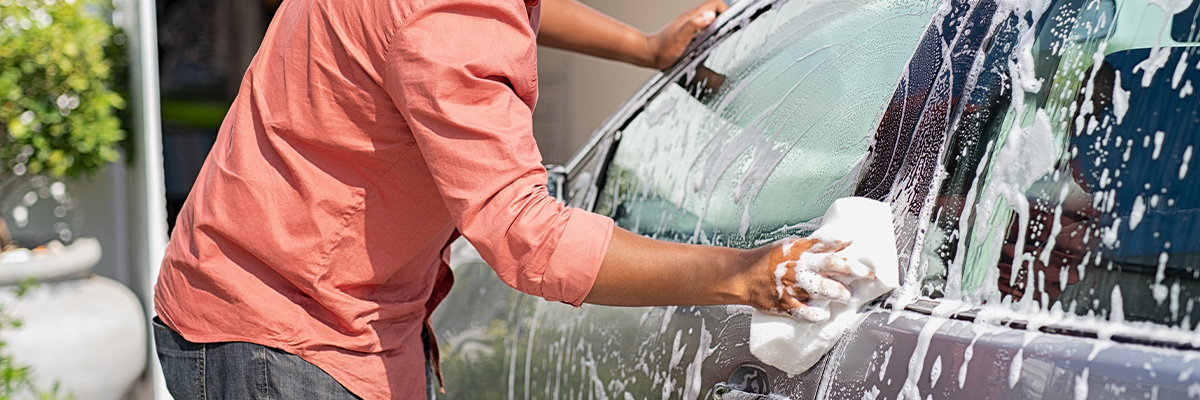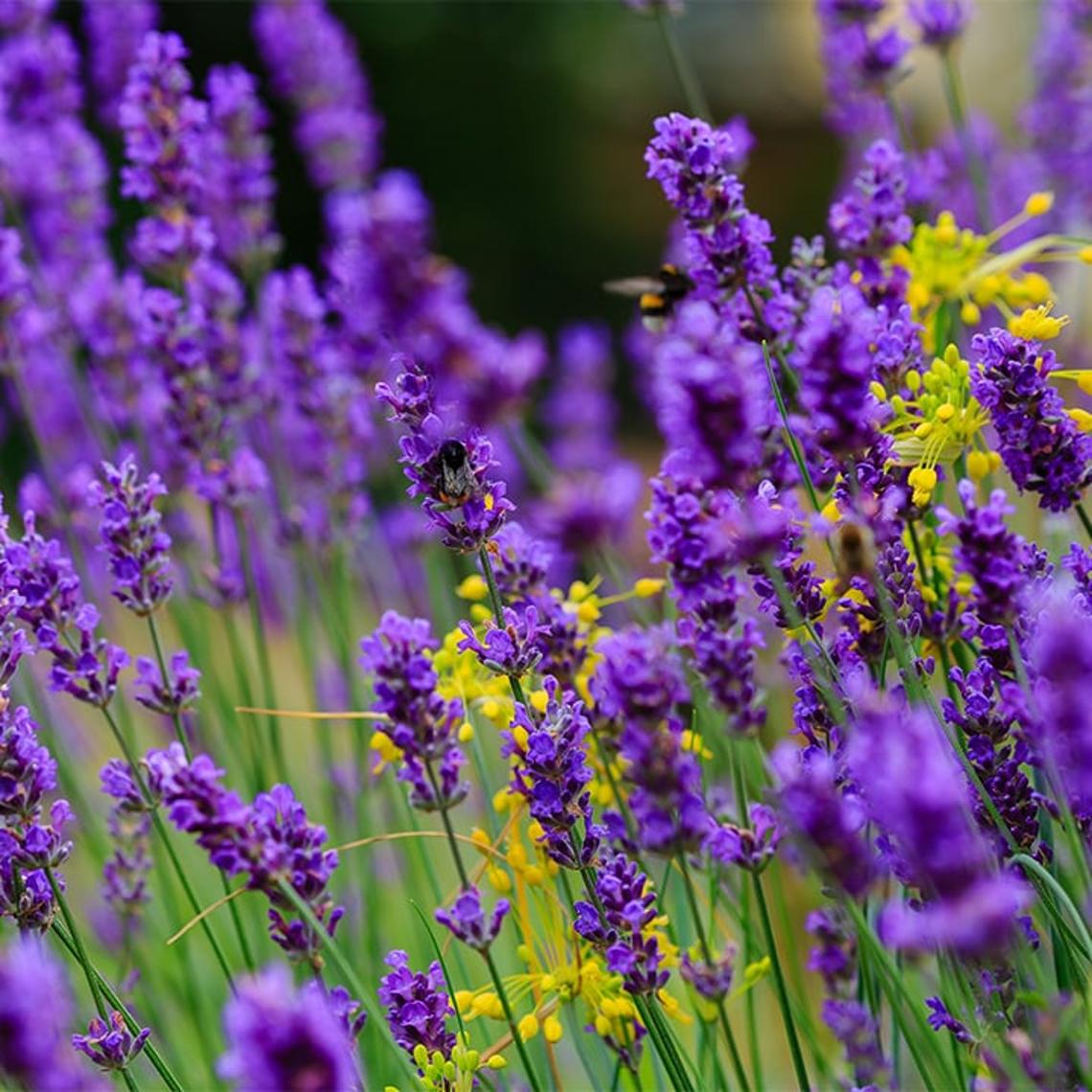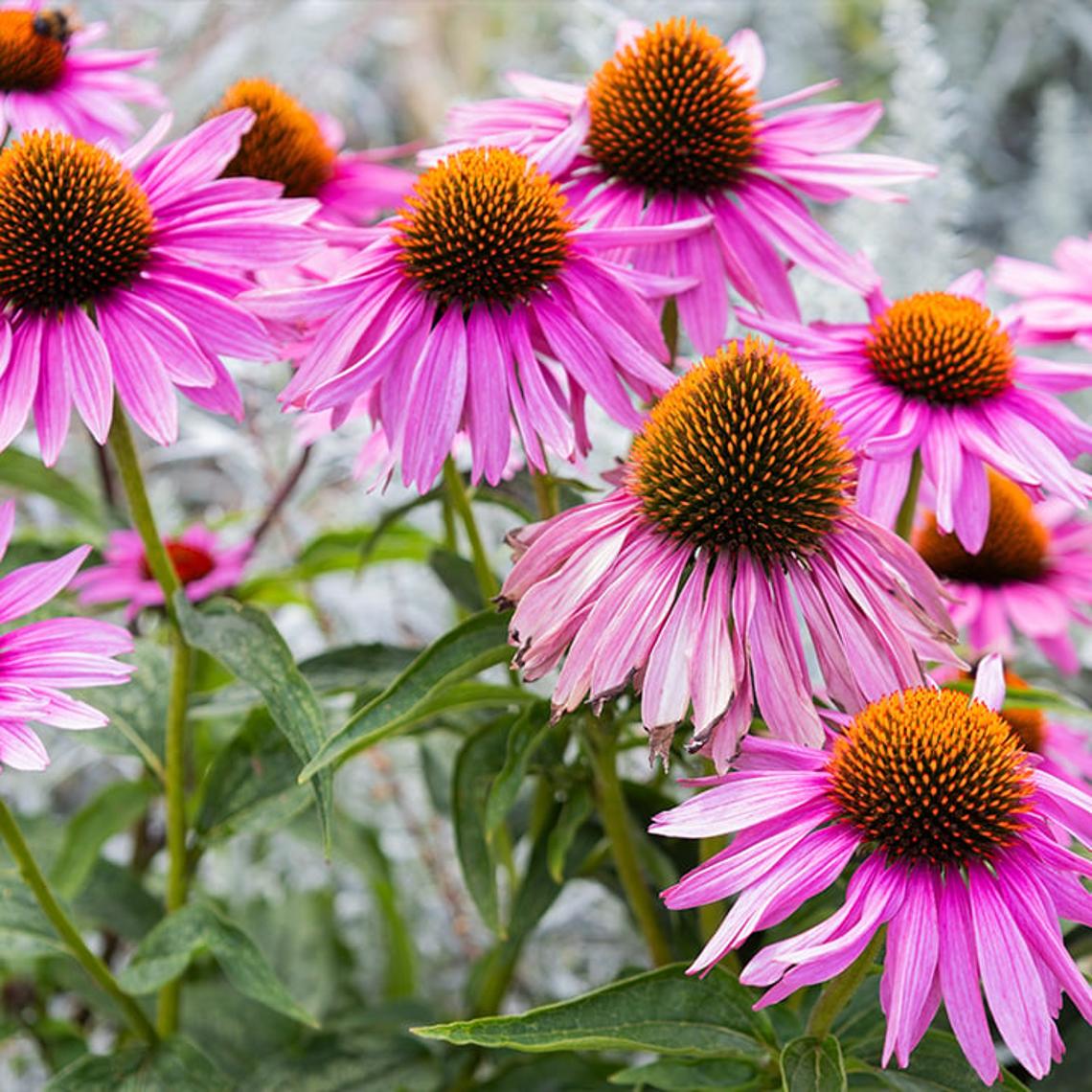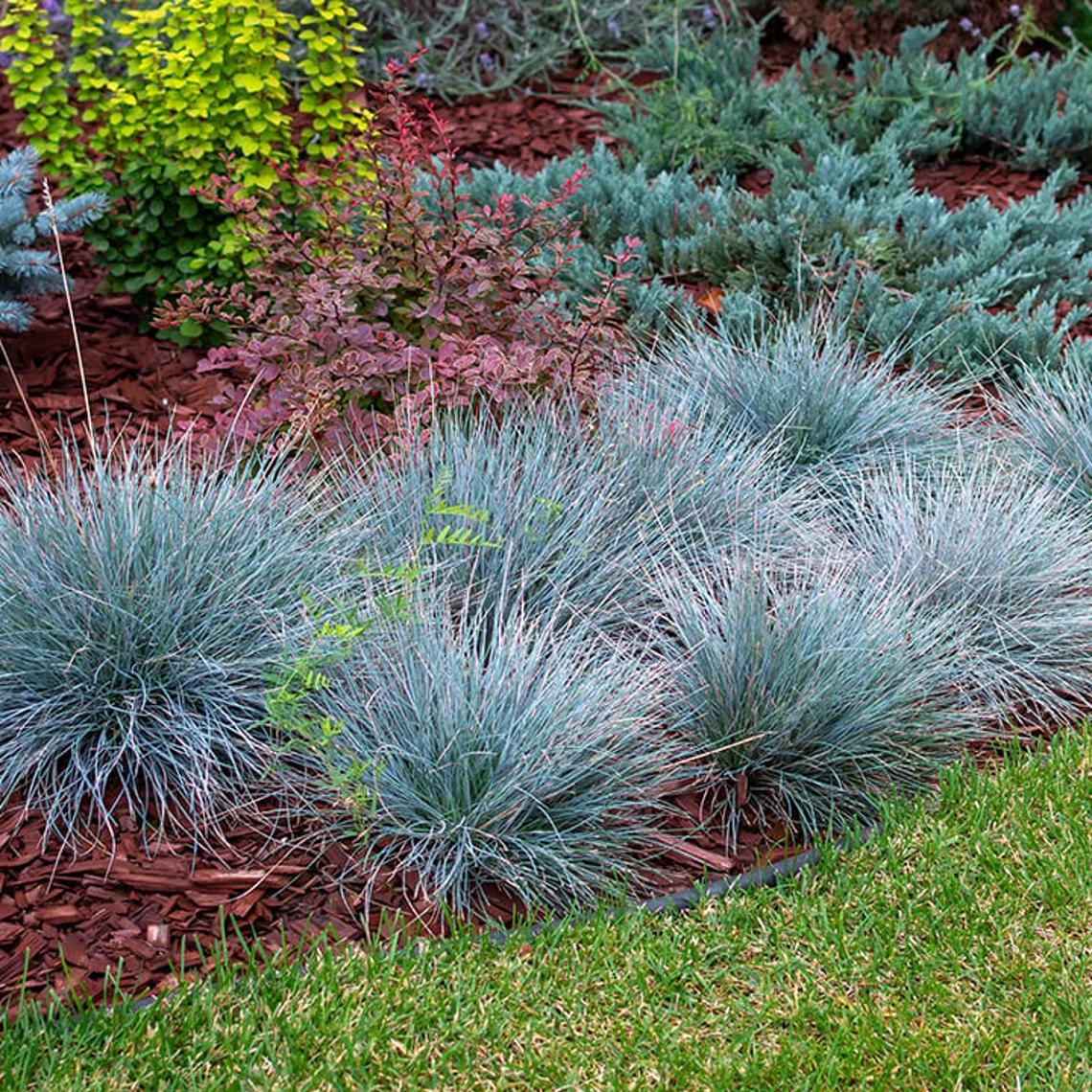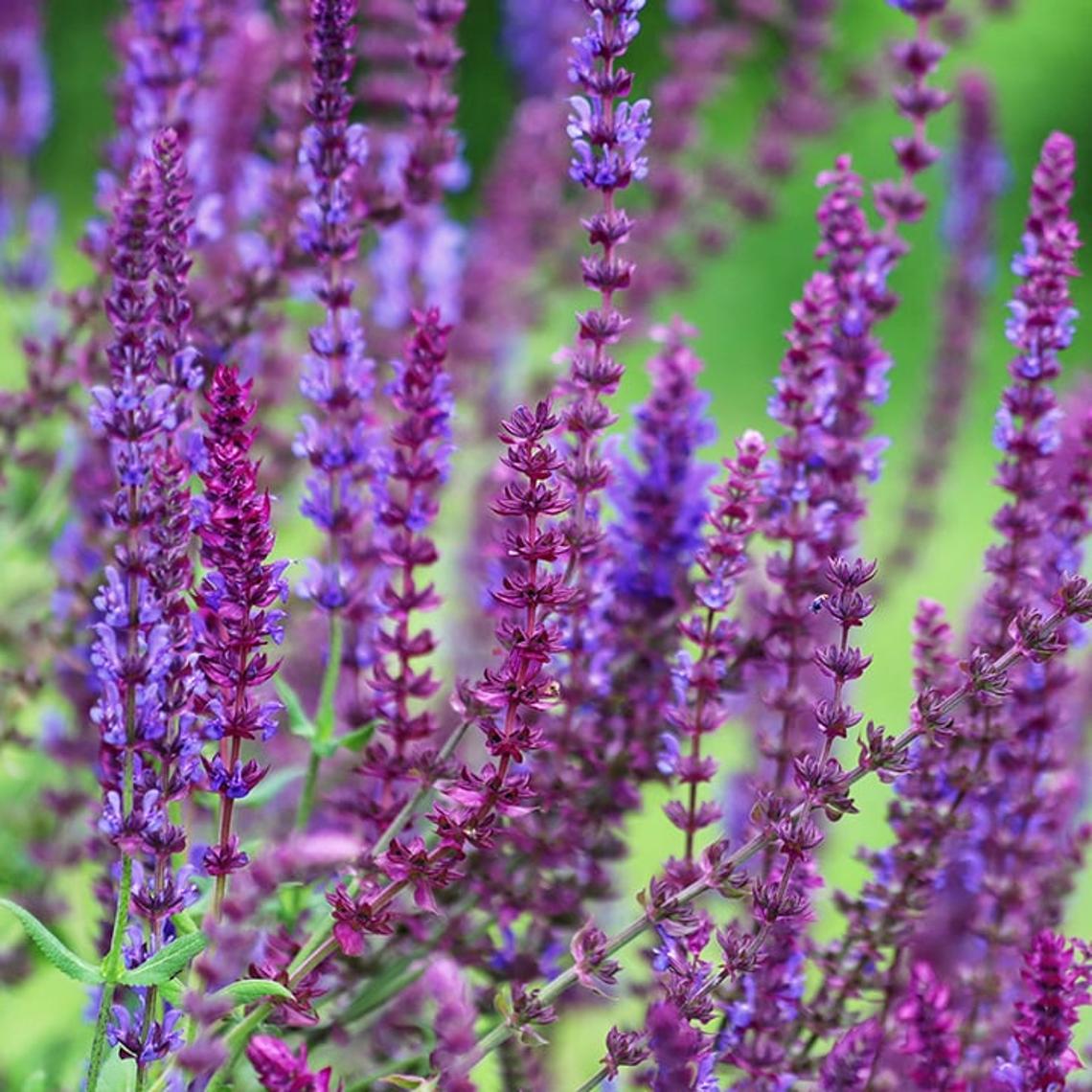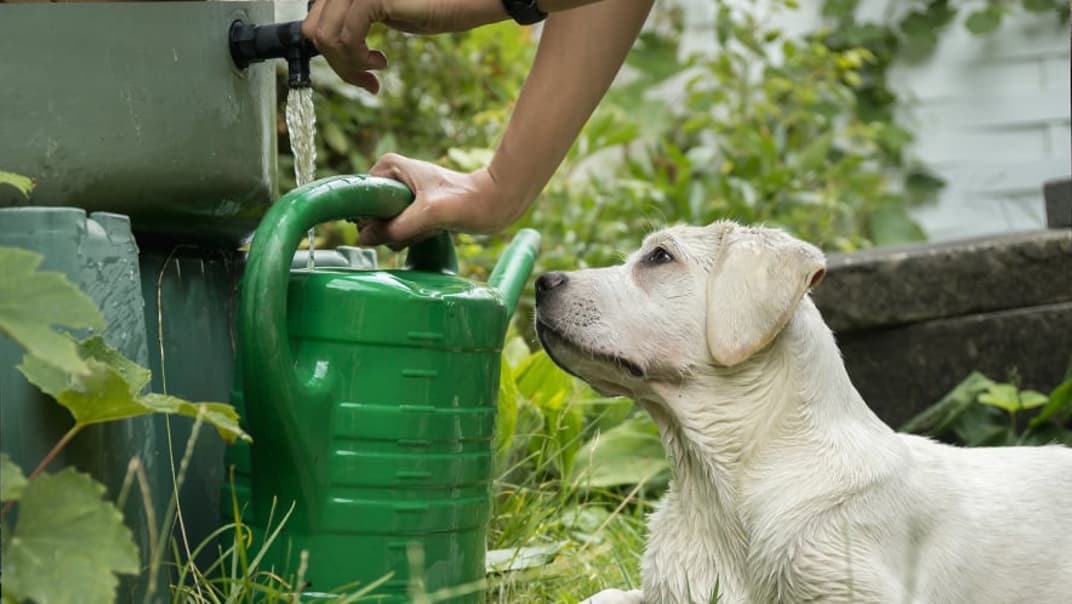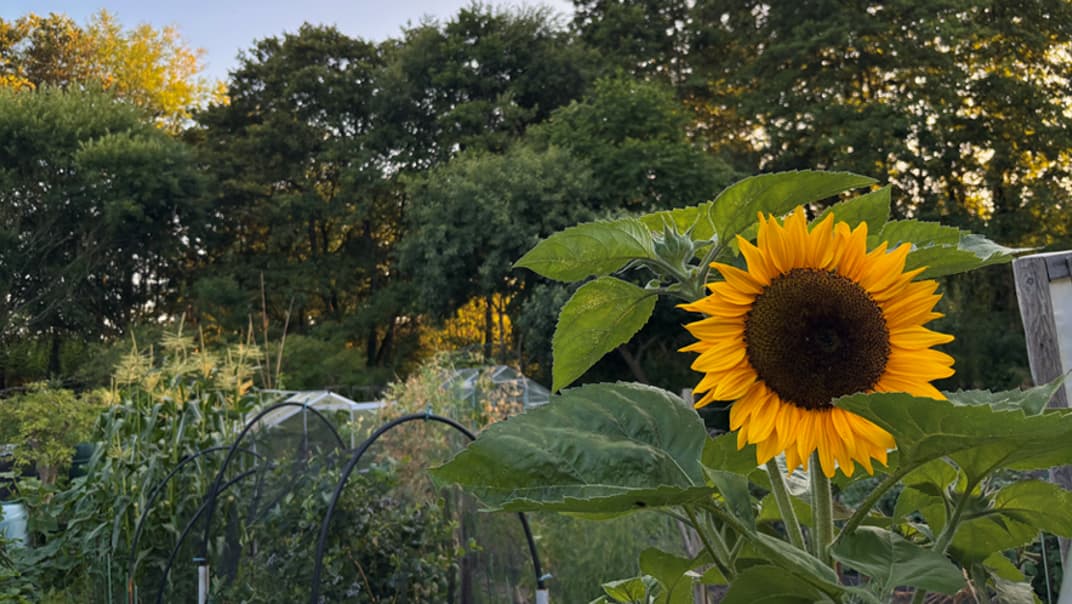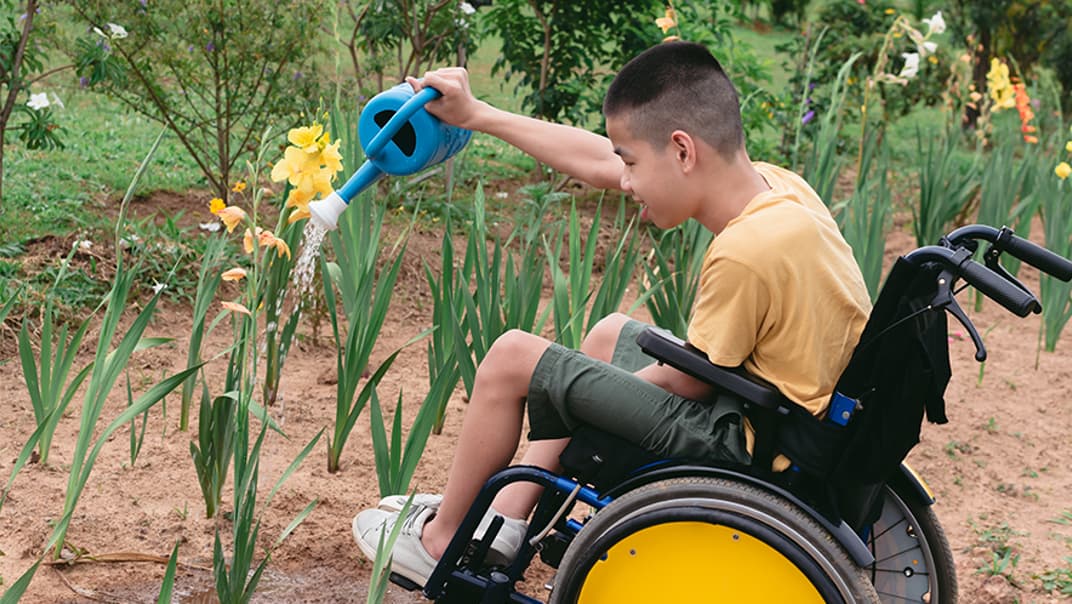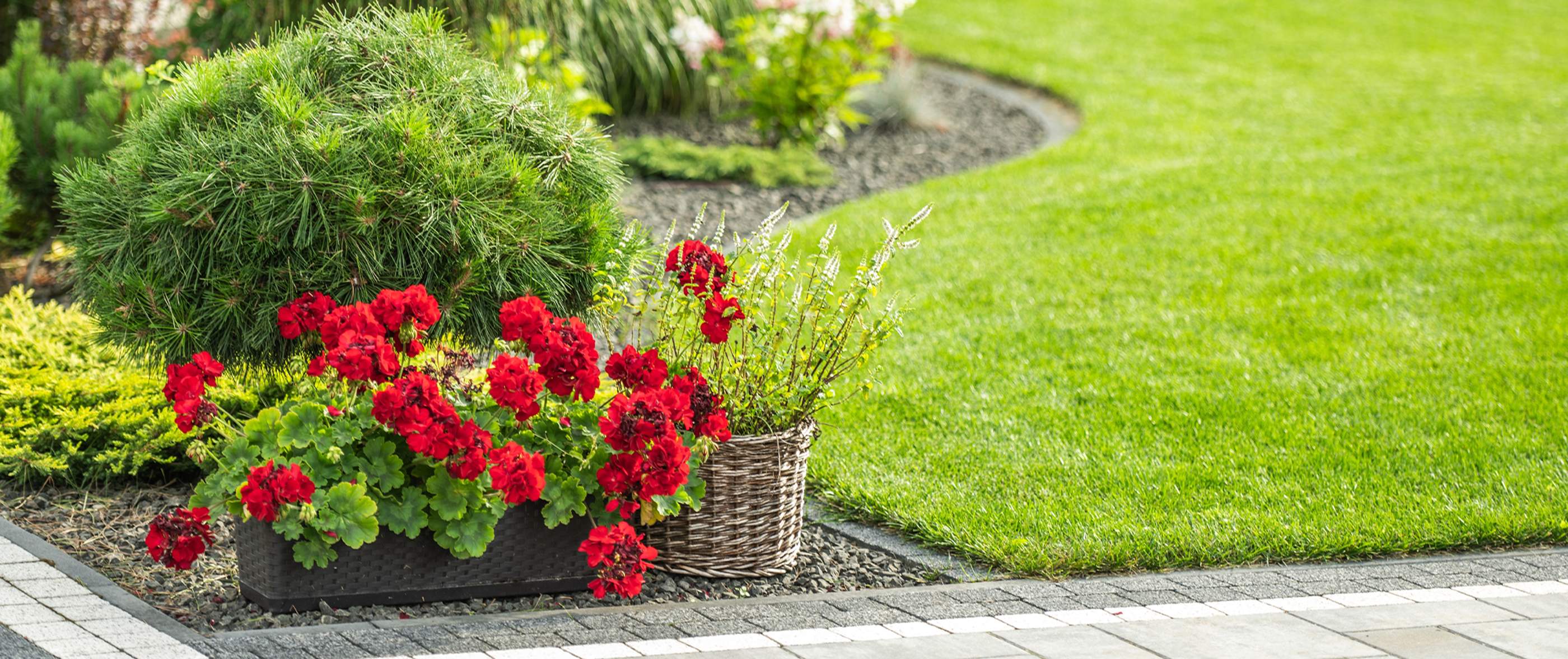
Save water outdoors
Your garden can thrive without the need for constant watering. There are lots of ways to help your plants bloom while saving water.
Be water-savvy when planting
Help your garden bloom while saving water with a few smart planting tips:
Care for your soil
- Increase moisture retention by adding water-retaining granules or absorbent compost into soil
- Seal in water with a layer of mulch - compost, leaf mulch, bark, or similar materials help to stop evaporation.
Choose plants that cope with drought
- Choose Mediterranean or drought-resistant plants for the hottest spots in your garden - they’ll find it easier to stay healthy in a drought
- Use ground cover plants to shade bare soil, so it loses less heat.
Caring for containers
- Place pots in groups to create shade and help them stay cool
- Think about which pot to use - light-coloured pots stay cool, while glazed or plastic ones retain moisture better than traditional ceramic
- Move pots away from hot surfaces like patios during heatwaves to prevent roots from overheating.
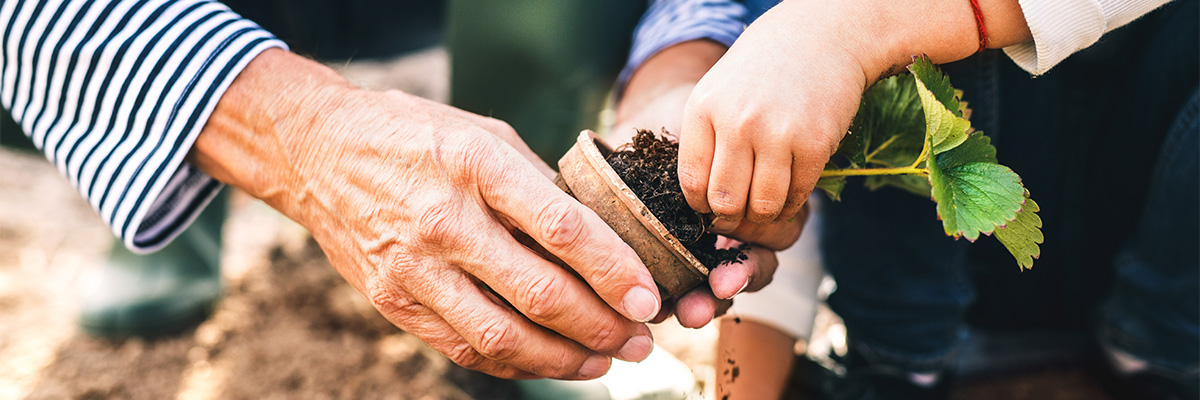
Don’t overwater your lawn
You can harm plants and grass by watering them too much – this encourages shallow roots, which results in a weaker plant. Here are some idea for keeping your garden healthy and water-wise:
Better watering
- Only seedlings and young plants need to be watered regularly - mature plants can usually go five days or more without a top-up
- Encourage healthier roots by watering less often but more thoroughly
- Fill a watering can from your water butt, and aim the water directly at the base of the plant - watering the surrounding soil just feeds weeds
- Of you can, water plants early in the morning or late in the evening to reduce evaporation so they get the most benefit
Caring for your lawn
- Don’t water it - this encourages shallow roots and wastes water
- Choose drought-tolerant grass seed when reseeding or starting a new lawn
- Don’t fret if it turns brown in dry weather – the grass is just dormant and will bounce back when it rains
- Leave grass clippings on the lawn in early summer – they will act like a mulch on the soil, helping to retain moisture.
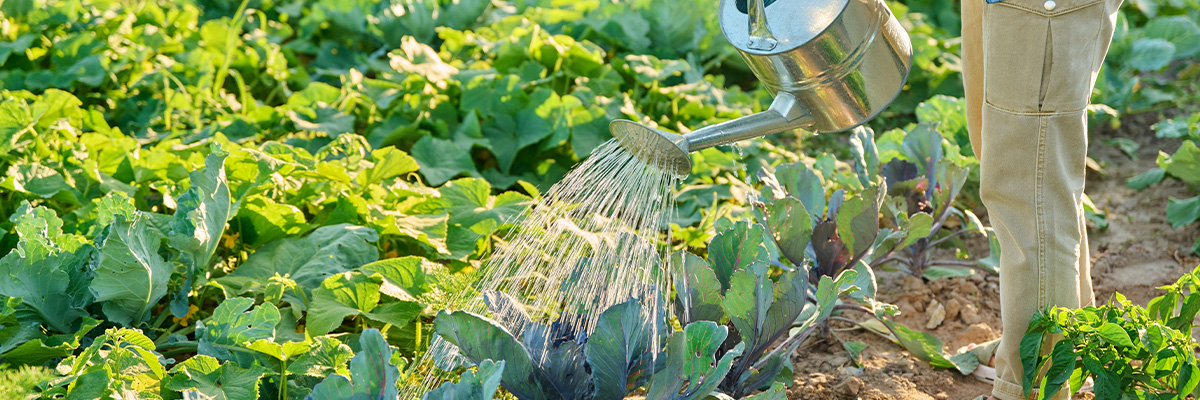
Get a water butt
Installing a water butt is a win-win for your garden - and the environment. The average UK roof collects enough rain each year to fill a water butt 450 times.
Why you should get a water butt:
- Free water on tap, right in the garden where it’s needed
- Healthy plants - many plants prefer the natural temperature and slight acidity of rainwater
- Natural fertiliser – unlike tap water, rainwater has nutrients that plants need
- Fits anywhere – there are water butts in lots of designs, shapes and sizes so you can get one in almost any outdoor space.
Water butts can be used for more than plants:
You can also use rainwater for:
- Rinsing muddy boots, surfboards, or wetsuits
- Filling up a bucket for car washing
- Cleaning garden tools or muddy veg
- Wiping down windows
- You can even get attachments to let you use your water butt with a power washer.
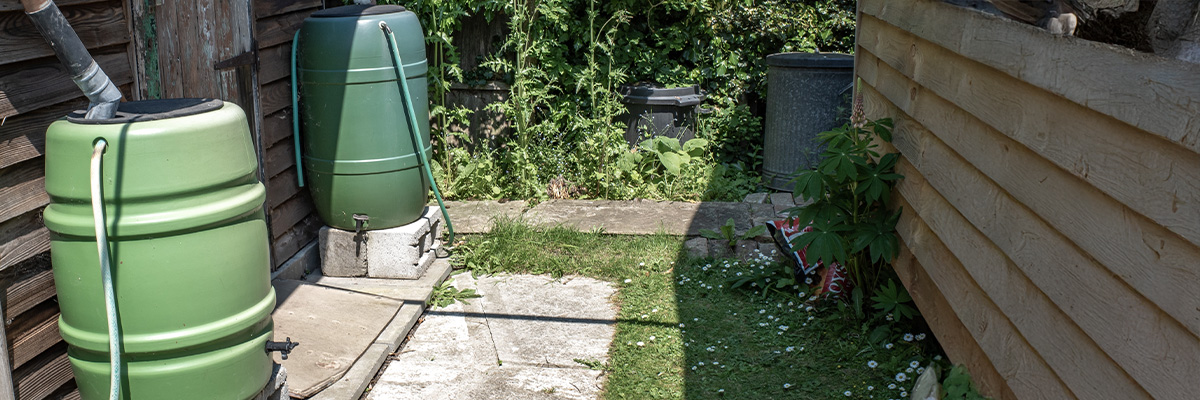
Use less water when washing your car
Car looking a bit dirty? Washing a car with a hosepipe uses up to 480 litres of water, while using four buckets only uses around 32 litres. Keep your car shiny and bright while saving water with these tips:
- Check the weather forecast – rain might do the job for you
- Try waterless car wash products for quick, environmentally-friendly cleaning
- Use a bucket and sponge instead of a hose to use less water
- Fill your bucket from a water butt to wash your car
- Wash particularly mucky parts between full washes so you use less water.
